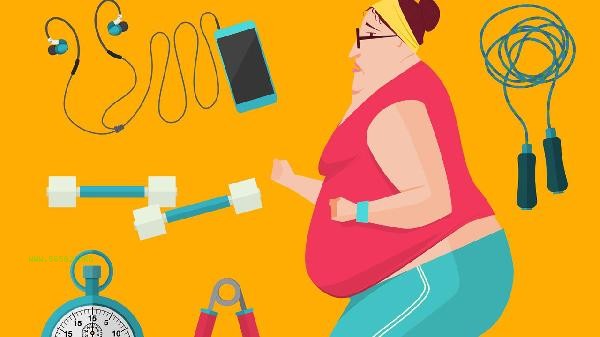During the weight loss period, the menstrual diet should balance nutrition and calorie control. It is recommended to increase intake of iron, protein, and complex carbohydrates, and avoid raw, cold, and stimulating foods. The key adjustments include increasing the proportion of heme iron foods, supplementing vitamin C to promote absorption, choosing low GI staple foods, moderately increasing healthy fats, and drinking more than 1500 milliliters of water per day.

1. Prioritize iron supplementation:
The daily iron loss during menstruation can reach 15-30 milligrams, and the absorption rate of heme iron in animal liver, duck blood, beef, and other sources is three times that of plant-based iron sources. It is recommended to consume 100 grams of red meat per day or animal blood products twice a week, combined with vitamin C-rich colored peppers or kiwis to enhance absorption rate. Avoid consuming coffee or strong tea together as it may affect iron absorption.
2. Optimize carbohydrates:
Choosing low GI staple foods such as oats and brown rice can stabilize blood sugar levels, with a daily carbohydrate intake of no less than 130 grams. During the first three days of menstruation, it is recommended to add 20-30 grams of carbohydrates to alleviate discomfort, with priority given to breakfast and before and after exercise. Avoid blood sugar fluctuations caused by refined sugar intake and reduce the risk of binge eating during menstruation.
3. Protein Increase:

Daily protein should be increased to 1.2-1.5 grams per kilogram of body weight, with high-quality proteins such as eggs, fish, and whey protein accounting for over 60%. The protein thermal effect can increase metabolic rate by 5-10% and alleviate muscle breakdown during menstruation. Choose low-fat and high calcium dairy products, which not only supplement calcium but also control calories.
4. Fat selection:
Increase healthy fats such as nuts and deep-sea fish in moderation. Omega-3 fatty acids can inhibit prostaglandin synthesis and alleviate dysmenorrhea. Daily nut intake should be controlled at 15-20 grams, and salmon should be consumed 2-3 times a week. Avoid trans fats and excessive cooking oil, and maintain a fat to energy ratio of 25-30%.
5. Electrolyte balance:
Increase potassium rich bananas and spinach to prevent edema, and control daily sodium intake within 3 grams. Magnesium can be supplemented through pumpkin seeds and dark chocolate, which can help alleviate menstrual anxiety. Ginger, red dates, tea, and other warm beverages can improve circulation and increase daily liquid intake by 200-300 milliliters.

Menstrual diet should be adjusted periodically, and calcium and magnesium intake can be increased in advance during the luteal phase to prevent discomfort. It is recommended to choose low-intensity activities such as yoga and walking to avoid aggravating blood loss during intense exercise. Ensuring 7-8 hours of sleep helps with leptin secretion, and the golden period after menstruation can enhance exercise intensity. Weight fluctuations of 0.5-1.5 kilograms are a normal physiological phenomenon, so it is important to avoid anxiety caused by daily weighing. If severe anemia or persistent appetite disorders occur, it is recommended to consult a nutritionist for personalized program adjustments.



Comments (0)
Leave a Comment
No comments yet
Be the first to share your thoughts!